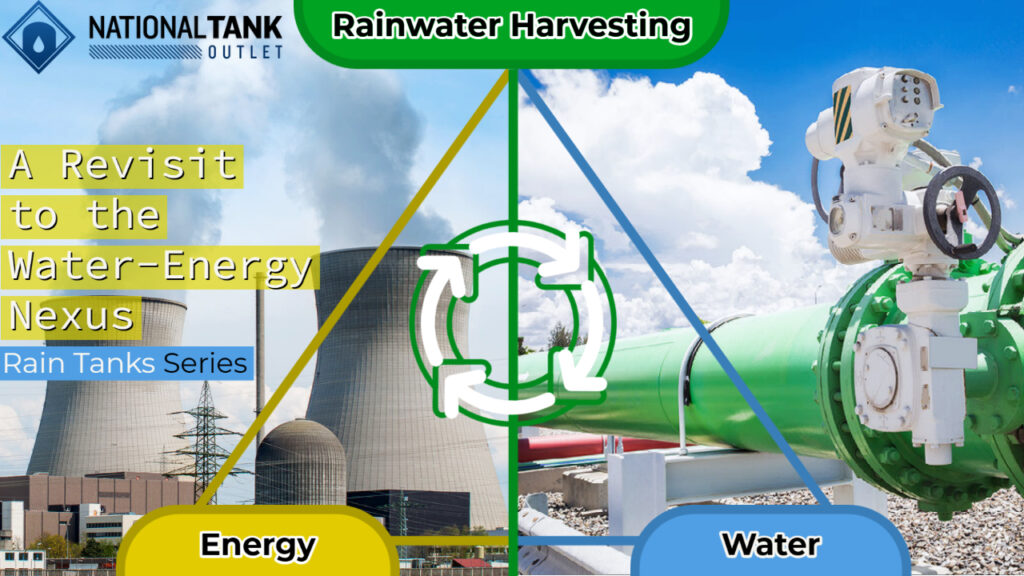
Everyone knows we as human beings require clean, drinkable water to survive. Many, however, do not consider the electrical energy required to treat, purify and supply the water used daily by the majority of people in developed countries and cities around the world, as well as just how much water is needed. As of 2022, trillions of gallons of drinkable (potable) water are consumed every year and trillions of watts of electricity are used to source, treat, and supply this water. And at the same time, a substantial volume of water is required to produce this electricity. Much of the modern society, that many have come to think of and expect, depends on this directly correlated connection between water and energy, known as the water-energy nexus.
It is a hard truth that should electrical power fail, then pure water supply will also eventually fail. The converse is also true: if the supply of freshwater should fail, then electrical power production will also be affected in many cases. As a fact, only solar and wind power do not require water and currently only hold a small margin of total energy production sources.
How Rainwater Harvesting Can Provide Aid to a Growing Problem
In this Rain Tanks Series post we will take a look at the factors that impact the water-energy nexus, changing variables, current outlook, the fragility and sensitivity of the system, and how the practice of rainwater harvesting can contribute to lessening some of the growing concerns by contributing to conservation and stability.
Modern Energy Statement of the U.S.
All types of electrical power plants except wind and solar farms require water to drive the production of electricity. Coal, oil, gas, geothermal, and nuclear power plants all operate on the concept of heating water into steam to spin a turbine to generate an electrical current. Hydroelectric plants use the kinetic energy of moving water to produce electricity. All these examples make use of natural bodies of water or man-made reservoirs and is the reason power plants are built along rivers and lakes: to supply freshwater.
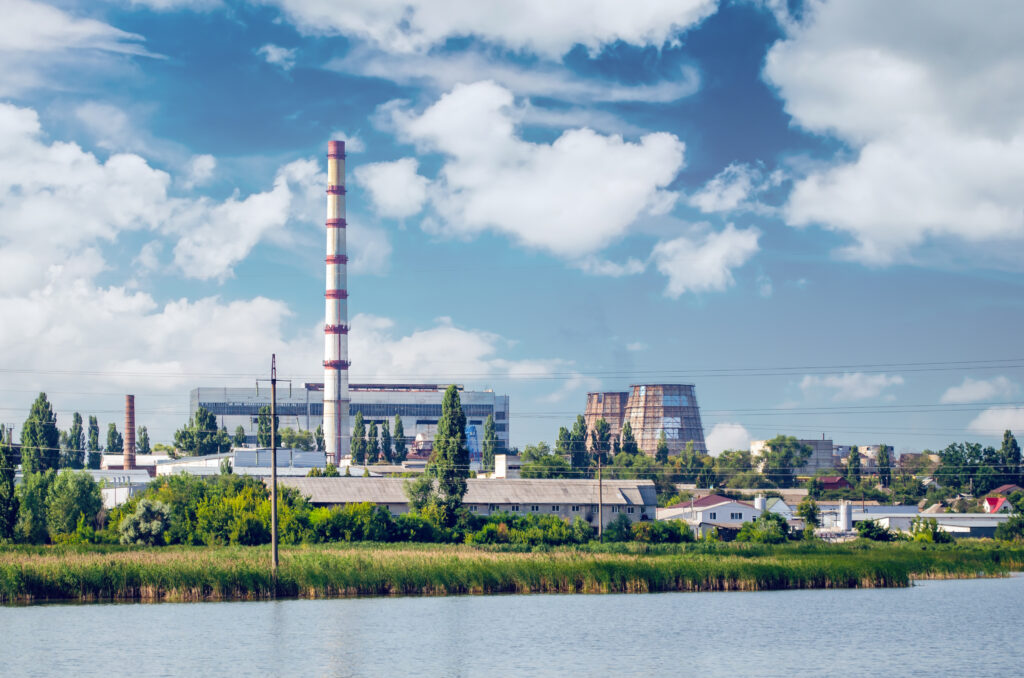
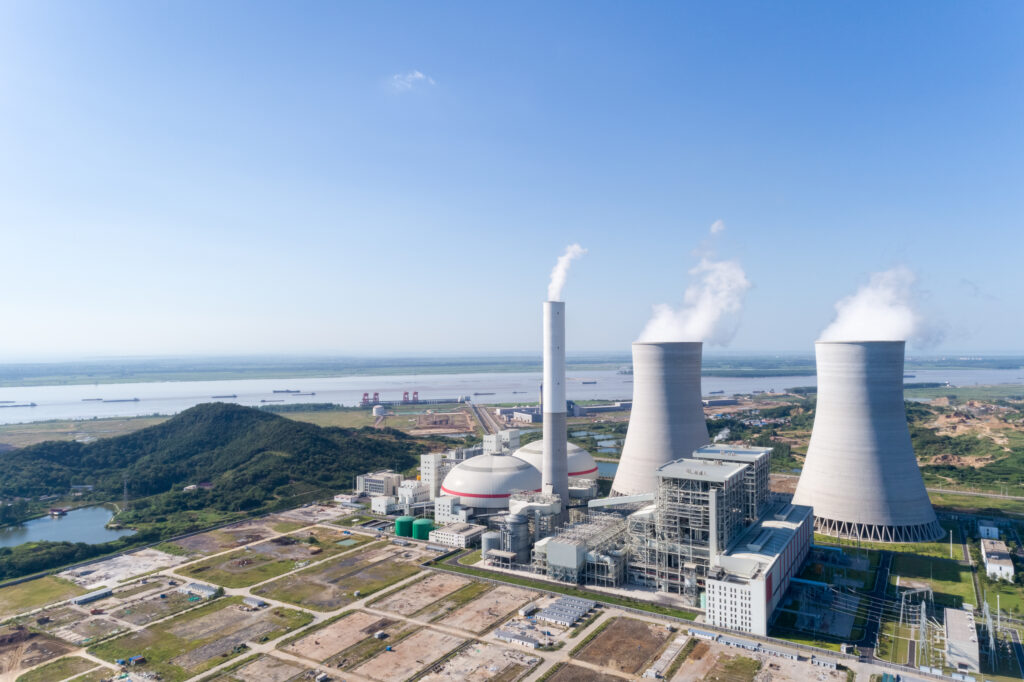
The majority of modern electricity generation is entirely dependent on the natural freshwater resources of the environment and the ecological, hydrologic system cycle. This water cycle and system also directly tie into the source of water for millions of people. Should the water supply become limited for one, it is possible for it to become limited for the other.
According to the U.S. Energy Information Administration, non-renewable resources accounted for 80% of total electricity production in 2021 for a total of 4.21 trillion kilowatt hours, up from around 1.5 trillion kilowatt hours produced in 1970. Non-renewable, meaning coal, natural gas, nuclear, and oil, power plants that also use water as a source of steam. This means a water supply is also required for at least 80% of the US’s total energy production, which has increased 180% over the past 50 years. Therefore, in correlation, the United States’ dependence on water for electricity generation has also increased.
Modern Water Statement of the U.S.
Unless a person has a job that directly involves the use of water, many people only think of water use in terms of what they need on a daily basis for drinking, cooking, cleaning, bathing, and outdoor uses such as watering a lawn or garden or filling a swimming pool. These residential-type water uses are known as domestic water applications. However, across the United States, water is also used within a wide range of activities in commercial, industrial, manufacturing, and agricultural applications. In many of these scenarios, the water source used to supply the necessary water is the same or within the same regional area as the source used to supply water to residents for domestic applications.
According to data sourced by the U.S. Environmental Protection Agency, the main usage categories for U.S. freshwater withdrawals in 2010 included thermoelectric 45%, irrigation 32%, and public supply 12% (see pie chart below). Thermoelectric is used to mean power plants that use water for electricity generation; irrigation refers to water used to support plant growth in agriculture as well as landscaping; public supply refers to water withdrawals for domestic applications by U.S. residents.
From this data, it becomes easier to see the correlation between necessary water supplies and electrical energy production; i.e. the water-energy nexus. Over 40% of total U.S. freshwater withdrawals are used to generate electricity.
According to the United States Geological Survey (USGS), total water withdrawals across the United States for the year 2015 were estimated at 322 billion gallons of water per day (Bgal/day). This estimated water withdrawal includes total water use across the nation and for all measured water use activities. The 2015 reported value of 322 Bgal/day has actually decreased from the 1970 reported value of 370 Bgal/day. Even though population and non-domestic applications have increased, total water withdrawals have slightly decreased. The overall decrease is mostly due to less water being used for thermoelectric applications and is likely attributed to technology improvements, regulations, and an increase in the renewable energy sources of solar, wind, and hydroelectric over the past 50 years.
However, other important water withdrawal categories have increased, including public supply and domestic use. Public supply refers to water withdrawn by public supply companies and municipalities that is used by the customers in their service area. According to USGS data, public supply withdrawals have increased from 27 Bgal/day to 39 Bgal/day, and water used in domestic applications by U.S. residents increased from around 18 Bgal/day to 23 Bgal/day. While these increases may seem small, the values are measured in billion gallons per day. Therefore, the public supply increase of 12 Bgal/day equates to 4.38 trillion more gallons per year and the domestic use increase of 5 Bgal/day equates to 1.82 trillion more gallons of water every year.
Another important and relevant point, the public supply water withdrawals and domestic use applications each have their dedicated source for their water supplies. U.S. public water has the majority of supply (approx. 61%) from surface waters with the remaining from groundwater sources. Domestic use applications are provided 98% in majority from public supply sources; only the remaining 2% is provided independently by owners and mostly by private groundwater wells.
Consider this last point a second longer: only 2% of U.S citizens supply their own water. And according to the EPA and USGS, only 5% of industrial water use is self-supplied. Practicing rainwater harvesting could help to increase these numbers.
This collective water use data for the entire United States, and especially these last figures, indicate a significant reliance on public water supply and with the vast majority of water provided by natural surface waters and groundwater aquifers, and overall withdrawals are increasing. As population and human activities increase, the world’s freshwater demands will also only increase if there is not any change in how we source our water, and this will only increase the strain on an already strained resource.
For more, consider:
- The White House | White House Action Plan on Global Water Security — Dated June 2022
- The Council on Foreign Relations | Water Stress: A Global Problem That’s Getting Worse — Dated August 2022
- U.S. Government Accountability Office | Freshwater: Supply Concerns Continue, and Uncertainties Complicate Planning — Dated May 2014
- The Office of the Director of National Intelligence | The Future of Water: Water Insecurity Threatening Global Economic Growth, Political Stability — Dated March 2021
How Rainwater Harvesting Can Contribute Aid to the Water-Energy Nexus
First, let’s consider the growing concerns between the water-energy nexus, the climate, the environment and increasing human population numbers.
Considerations with Human Population
Consider the following direct quote from the U.S. EPA:
Managing water is a growing concern in the [United States]. Communities across the country are starting to face challenges regarding water supply and a need to update aging water treatment and delivery systems, sometimes referred to as “water infrastructure.” Many of the states that have projected population growth increases also have higher per capita water use and can expect increased competition for water resources. Forty states told the Government Accountability Office in a 2014 report that they expected to have water shortages over the next ten years that were not related to drought.
The largest detail of concern to the water-energy nexus and water supplies is from increasing human population numbers. More people directly relate to the amount of resources required to maintain humankind as well as the correlated increase in manufacturing, agriculture, and human activities that directly affect the environment and contribute to climate change.
During the time period between 1970 to 2020, the total population of the U.S. increased from 203 million up to 331 million, a 60% increase, according to the United States Census Bureau. This increase in population has contributed greatly to an increase in electricity requirements as well as the requirement and withdrawal of water for human consumption and activities in commerce, manufacturing, irrigation and agriculture.
| State or Region United States | 2020 Census | 2010 Census | 2000 Census | 1990 Census | 1980 Census | 1970 Census |
|---|---|---|---|---|---|---|
| Resident Population | 331,449,281 | 308,745,538 | 281,421,906 | 248,708,873 | 226,545,805 | 203,211,926 |
| Percent Change | 7.4% | 9.7% | 13.2% | 9.8% | 11.5% | 13.3% |
Note: Table has been shortened to include only population growth data from 1970 to 2020 for the regional United States
The U.S. population is projected to increase to over 400 million by 2060, up from 331 million at current, and the world’s population is projected to increase to over 10 billion by 2060, up from 7.9 billion at current. Along with the population increase will be a correlated increase in overall resources required to sustain society, livelihoods, health, and continued growth.
Required resources will not only be water and energy but the natural resources used throughout all modern sectors of society. However, without a sufficient, reliable supply of freshwater and the electrical energy to source, treat and supply freshwater to the people, there will not be a modern society to sustain.
The practice of rainwater harvesting provides a potential alternative, freshwater source option to supplement water supplies for individuals, businesses, agriculture and aquaculture. Indeed, whole communities could be supplied with water if the practice were to be performed on a large scale. If entire rainwater harvesting facilities were installed, operated, and maintained by government agencies and municipalities, the volume of fresh water that could be sourced and supplied could be substantial. And if individuals, businesses, and private companies were to contribute through rainwater harvesting, the collective effort could be great.
Considerations with Climate Change
Shifts in meteorological patterns and temperatures, known collectively as climate change, are also a real and growing concern for the human population at large in terms of water sourcing and availability in the foreseeable future. The projections and hypotheses on how it will affect countries and societies are only predictions, but recorded data monitoring and reports indicate the likelihood of changes that will result in appreciable effects that will affect a significant number of people. Global temperature increase, driven by various factors, is the leading variable of concern, and has been on a steady incline worldwide over the past 40 years (1980-2020).
On temperature, consider the following predicted changes in summer growing conditions for the United Kingdom up to the year 2050. Couple this image with reports from the UK government on increasing frequency of heatwaves and global temperature predictions and together it demonstrates an increasing concern and need for water in such a way that could be considered quite alarming.
Data Source: United Kingdom Rainwater Management Association, 21st Century Water Management, July, 2019
The concern with increasing global temperatures is the effect it can have on available surface water resources, the demand for water by people in the region, and the potential for droughts that are harsher and longer lasting. While an increase in temperature can drive evaporation which in turn can drive an increase in precipitation, the precipitation may occur in a region that may not provide any benefit to the area suffering from drought and water shortages. This in turn could impact the local water-energy nexus and affect the entire regional population.
Rainwater harvesting practice could provide a means of lessening the overall demand for water by the people living in an area. If a large number of people, businesses, and agriculture began to harvest and use the rain, then the overall strain on the region’s natural water resources could be greatly reduced and along with it, the amount of electrical energy required to supply the water. This in turn could also play a part in reducing carbon emissions and lessening the greenhouse effect and climate change.
For more on climate change and predicted regional effects in the United States and how it may impact water, energy, resources, the economy and more, consider the following post from the U.S. National Aeronautical and Space Administration (NASA): The Effects of Climate Change.
Considerations on Electricity Generation
Hydroelectric power production is dependent on a continuous water flow, which is most often attributed to a man-made reservoir behind a dam. If climate change and/or severe drought cause water within the reservoir to diminish beneath the required levels, then hydroelectric power generation will eventually cease. Before this point will be a growing concern among the government and affected residents, often coupled with many news releases, some fear and uncertainty, and the likelihood of water and electricity use restrictions.
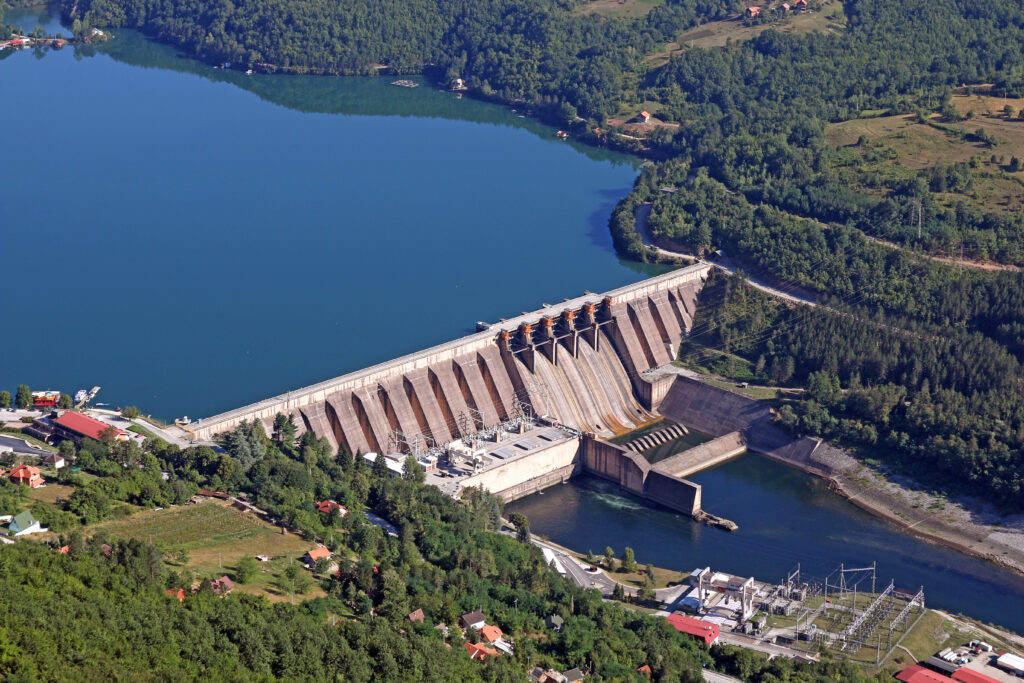
The water level concern for Shasta Lake and the Lake Oroville Reservoirs in California from 2020 to 2022 is a good example of this.
A direct quote from the California Water Watch in 2023 said:
In drier seasons, we rely on other sources of water. These include reservoirs and melted snowpack. But climate change is causing extreme weather and changing the amount of rain and snow we get, impacting how we are able to capture and distribute water. Reservoir levels, which receive water from melting snowpack, have been impaired the last three years by a declining snowpack.
Californians must adapt to this new normal and adopt conservation as a way of life to make the most out of our limited water supplies across the state.
Uses for Rainwater Harvesting
In the United States, governmental reporting and record statistics approximate average water use per person at 82 gallons of freshwater per day. This water use average is for domestic applications and all water requiring activities both indoors and outdoors. A further breakdown of this average value approximates that 70% of the water goes toward indoor uses and the remaining 30% for outdoor uses. When most people think of rainwater harvesting, they think of using the practice to supply water for outdoor water activities such as watering a lawn, garden, or landscape. While indeed rainwater harvesting can be used for this, and is great for such applications, with the right setup and system equipment, rainwater harvesting can be used to provide any and all of the water required by the people living on a property.
If rainwater harvesting could be used to supply even 10% of the 30% of water U.S. citizens regularly use for outdoor activities alone, the impact could be significant. Using reported data values, 30% of domestic water use equals 7 Bgal/day, and 10% of this would mean 700 million gallons of water could be saved every day on average if rainwater harvesting were implemented on a large scale – even if it were exclusively used for outdoor water applications.
On the practice of rainwater harvesting and its use as a source of water either as an alternative or supplemental supply, a direct quote from the U.S. Centers for Disease Control (CDC) says:
If your home is not connected to a public water system and you do not have a ground water source, you may get your water from a rainwater collection system. In many areas of the world, people collect and use rainwater as their drinking water source.”
This statement shows support from the U.S. Government for rainwater harvesting practice and even as a source of drinking water. Many regions within the United States receive ample, regular rainfall that could be sufficient in supplying much if not all of the water use required by the residents. Even dry, arid locations still receive enough rainfall capable of going a long way if used for irrigation activities. The key to such rainwater harvesting applications is to use a large enough storage tank, the right equipment, and ensure proper system setup.
For more info on using rainwater harvesting to supply drinking water, consider our Rain Tanks Series posts on Rainwater Harvesting for Potable Water and How to Convert Rainwater into Potable, Drinkable Water.
Rainwater Harvesting for Agriculture and Aquaculture
Agriculture and aquaculture operations are ideal applications for implementing rainwater harvesting practice to supplement water supplies and contribute to the conservation of regional water and energy. Many operations have large structures and buildings located on the property that are capable of collecting a substantial volume of rainfall. In agriculture, harvesting rainwater for livestock raising and care applications is preferred over crop-production due to the volume of water often required for regular irrigation of crop fields. This is not to say, however, that a well-engineered rainwater harvesting system with a large storage capacity could not supplement water for irrigation, especially during dry periods.
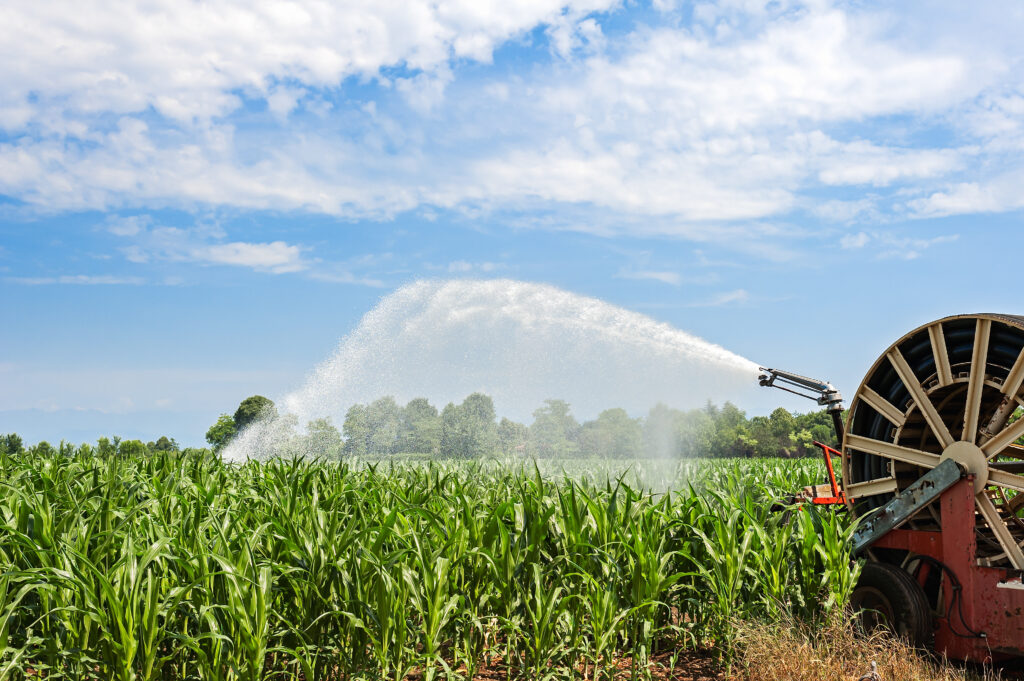
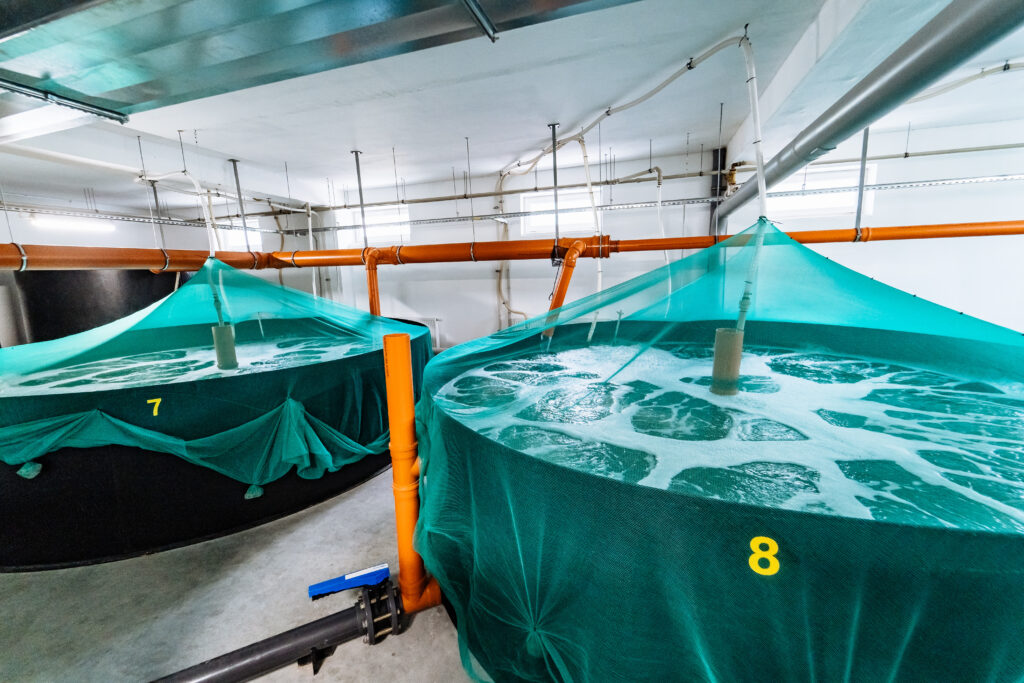
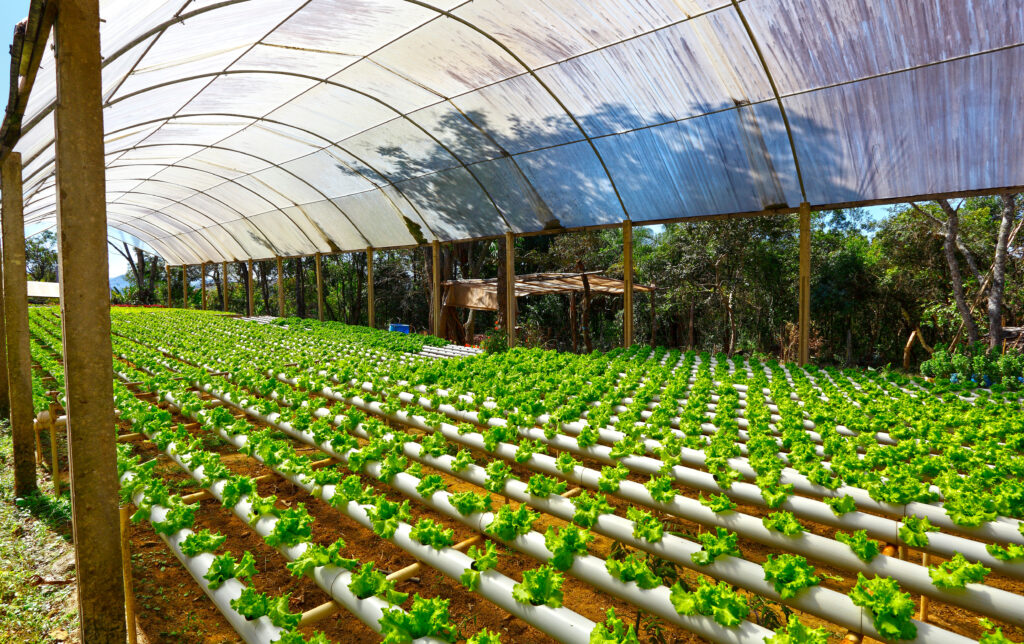
Total water use for livestock is approximated at 2 Bgal/day; however, many livestock operations are in semi-arid to arid regions where groundwater sourcing or groundwater contamination may be problematic, making rainwater harvesting an ideal solution. Total water use for aquaculture is approximated at 7.5 Bgal/day; however much of this water is returned to the source depending on the method employed for aquaculture. For aquaculture applications, including hydroponics and aquaponics, that have a regular water supply for replacement and use, rainwater harvesting could be used as an alternative water source.
Takeaway | A Revisit to the Water-Energy Nexus
Now, many U.S. States import electrical energy from neighboring states, have different power plant types located in different regions and the electrical networking grid can be adjusted to reroute power to accommodate for power shortages, emergency situations, and disaster response. The data values, examples and concerns listed in this post are not intended to cause extensive alarm but rather to be informative and hopefully initiate a desire for change and action in light of the concern and the current water-energy situations across the United States and the world as development and humankind continue to progress.
As residents of the United States, we are blessed with the resources, freedom, government and opportunity to contribute and make a difference for our individual regions and communities. An incredibly low percentage of the water supplied for regular water activities is provided by alternative water sources such as rainwater harvesting. If more individuals and businesses began to practice rainwater harvesting, the collective effort could go a very long way in supplementing the withdrawal of our natural water supplies and reducing electricity consumption and the strain on what is, unarguably, humanity’s most valuable resource: water.
If you are interested in implementing your own rainwater harvesting system, we offer polyethylene rainwater collection tanks made in the USA by some of the industry’s best that are U.S. certified to ANSI/NSF 61 standards for long-term handling and use with potable grade water. We also provide galvanized steel water tanks for large volume water applications up to 100,000 gallons and the rain harvesting accessories needed to practice rainwater harvesting and potable water systems. If you need any assistance, contact us.